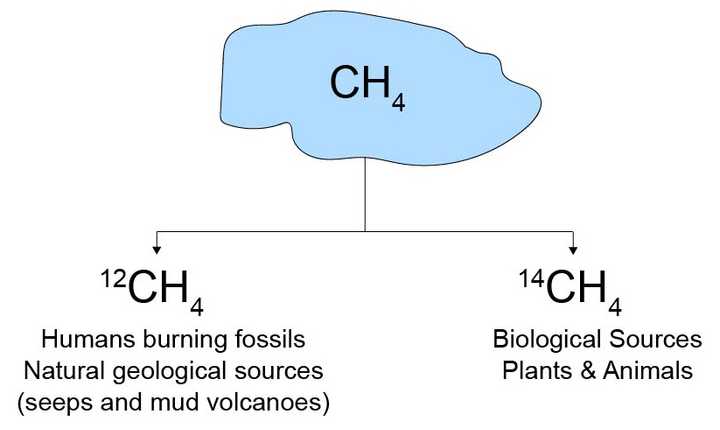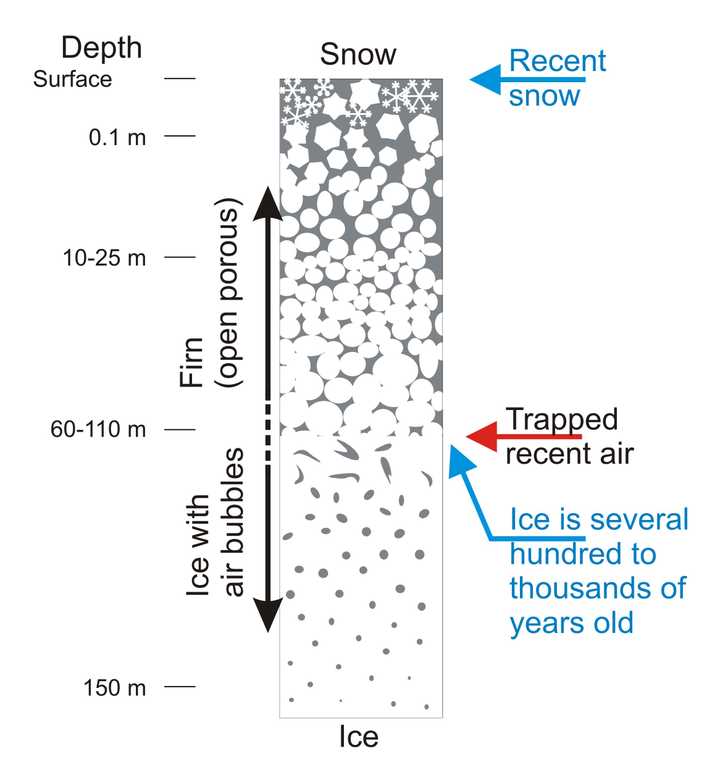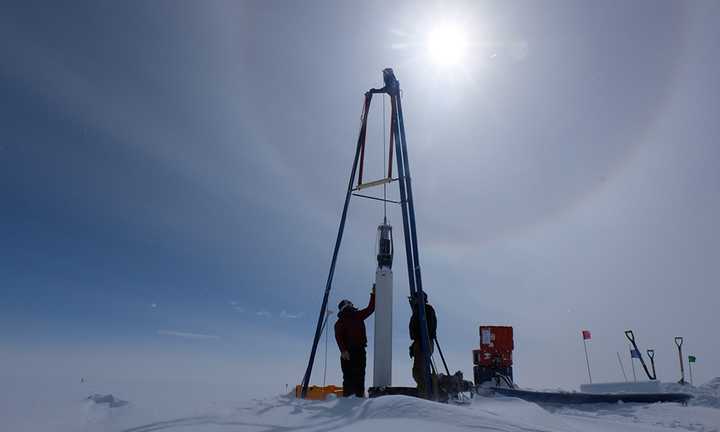
5 unique autumn things and the science behind them
Autumn brings with it many changes in the weather as well as in plant and animal behaviour. But why these changes and what is the science behind them?

Earth’s atmosphere is crucial for living beings on the surface. It protects from the harmful radiation beaming from the Sun and other sources in space. It also directly regulates the planets climate. So, if you find any significant changes in the climate, one of the first suspect would be a changing atmosphere. Indeed, scientists have noted a correlation between increased CO2 (carbon-dioxide) (Lüthi et al., 2008) in the atmosphere and global temperatures (Shakun et al., 2012), over broad ranges of time.
Like CO2, other gases like methane (CH4) and water vapour (H2O) also cause an increase in temperature of the planet. They do so by blocking heat to escape from the surface of the planet. This effect is called the greenhouse effect and causes global warming leading to climate change.
Methane is the second largest contributor to global warming attributed to human activity, after carbon dioxide. Fossil fuel extraction and its use is known to be a major human activity leading to more methane in the atmosphere. But, compared to carbon dioxide and other greenhouse gases, methane has a relatively short shelf-life. It lasts, on average, only around nine years in the atmosphere. Compare this to carbon dioxide which can persist for even up to a 100 years. So, curbing methane emissions can give us relatively quick insights in to how modifying our fuel sources can have an impact on the climate.
Methane (CH4) released into the atmosphere can be distinguished into two categories,

Methane in our atmosphere has two signatures based on the isotope of carbon atom. These two types of methane come from different sources. Devadas Vivek.
So we can measure C-12 abundance in atmospheric methane and this gives us an estimate of how much methane comes from natural geological sources and human activity combined. But how can we pin point the amount of methane contributed by human activity?

Ice Layers. The upper most layers of ice have trapped recent air from the atmosphere. Deeper within the ice layer, ancient air was trapped. By drilling into ice cores and studying trapped ancient air, scientists can estimate the composition of the ancient atmosphere. Centre for Ice and Climate, Niels Bohr Institute.

Researchers in Greenland drill for ice cores, which contain air bubbles with small quantities of ancient air trapped inside. By measuring the carbon-14 isotope in air from more than 200 years ago, the researchers found that scientists have been vastly overestimating the amount of fossil methane emitted by natural sources, and have therefore been underestimating the amount of methane humans are emitting into the atmosphere via fossil fuels. Xavier Faïn / University of Grenoble Alpes.
Scientist recently published results from this study in a Nature (Hmiel et al., 2020). By measuring the ratio of carbon-12 and carbon-14 isotopes in air from more than 200 years ago, the researchers found that almost all of the methane emitted to the atmosphere was biological in nature until about 1870. Then onward, methane released from fossils began to rise rapidly. The timing coincides with a sharp increase in the use of fossil fuels by humans.
The measurements revealed a striking deviation from the previous estimations. The levels of naturally released fossil methane are about 10 times lower than previous research reported. Given the total fossil emissions measured in the atmosphere today, the researchers deduced that the man-made fossil component is 25-40 percent higher than what was previously reported.
Results from this study give more weightage to human contribution towards methane emissions. If most of the methane emission is coming from human activity, it means we can control it. Given that methane has a shorter shelf-life in the atmosphere, it is tempting to speculate that regulations in fossil fuel usage would bring faster results than previously expected. But first, we must convince the “deniers”.